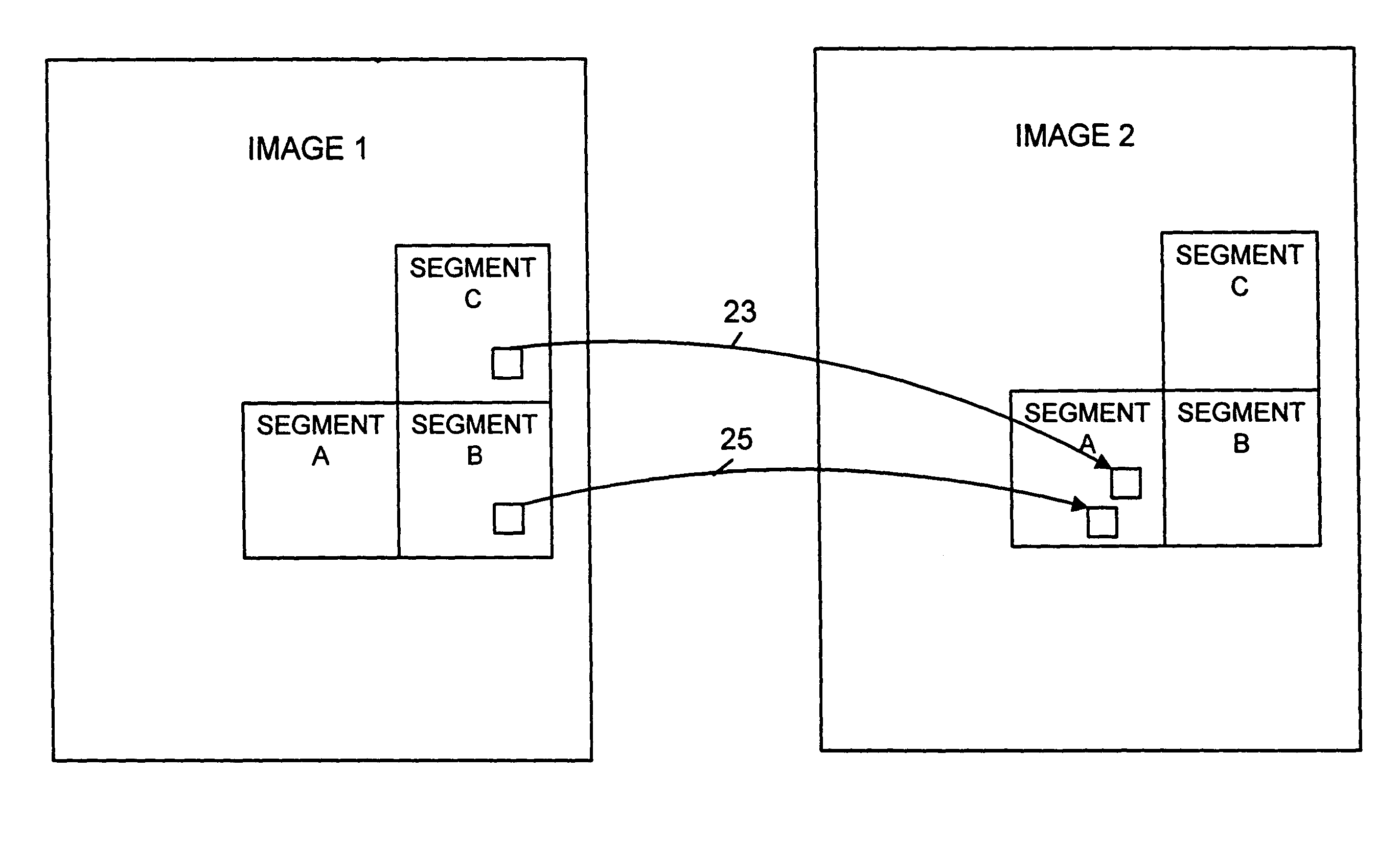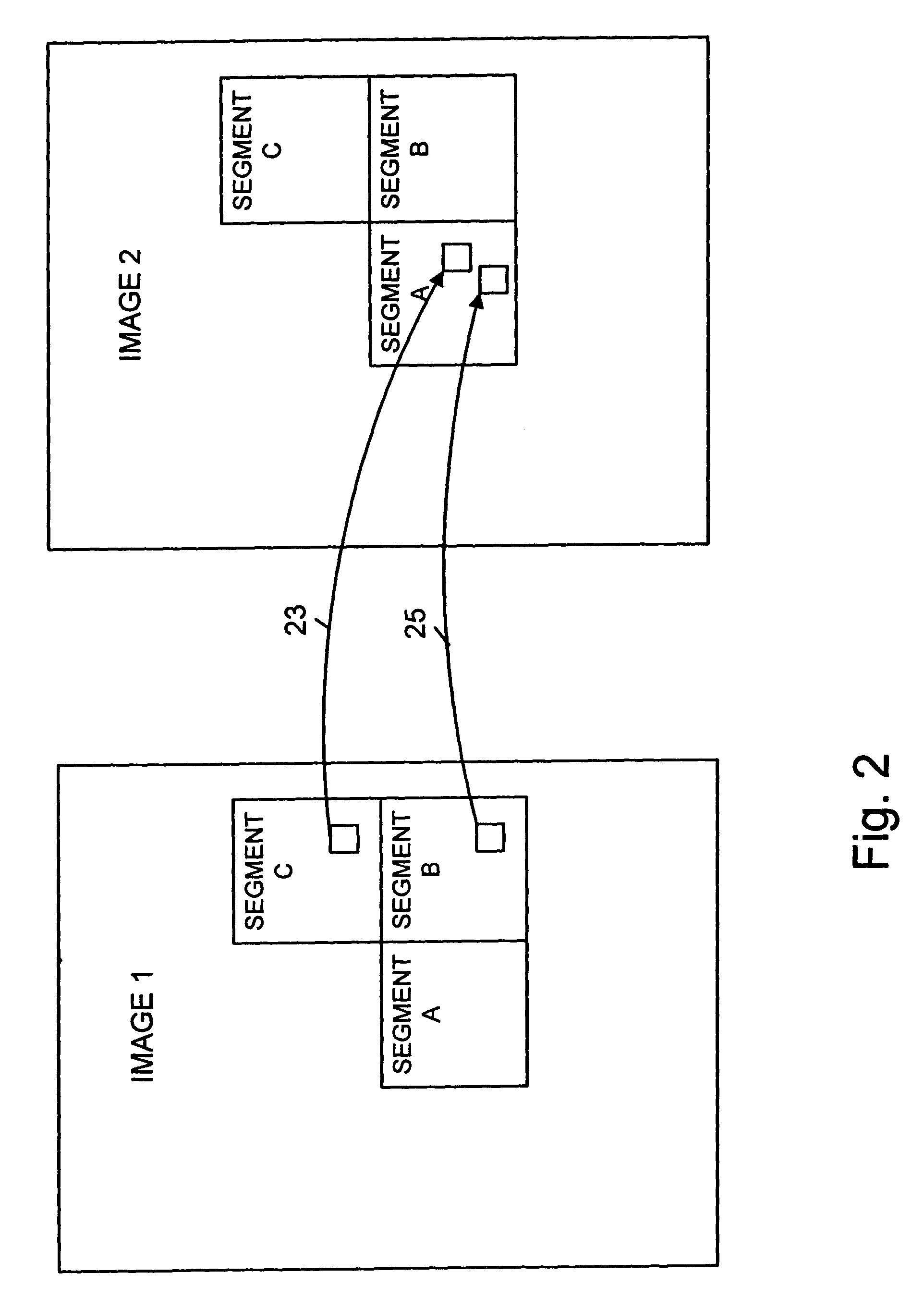Methods for reduced cost insertion of video subwindows into compressed video
- Summary
- Abstract
- Description
- Claims
- Application Information
AI Technical Summary
Benefits of technology
Problems solved by technology
Method used
Image
Examples
Embodiment Construction
[0023]As discussed above, the present invention relates to methods and apparatus of encoding digital images to facilitate the subsequent insertion of additional image data into previously encoded images. It also relates to methods and apparatus for inserting additional image data into data representing previously encoded images.
[0024]FIG. 4 illustrates a digital video generation and transmission system 400 implemented in accordance with one embodiment of the present invention. The system 400 comprises a source of unencoded video data, e.g., a video camera, an encoder 404 for encoding video data in accordance with the present invention, a plurality of local transmission stations 410, 412, 414 and a plurality of homes 440, 442, 444, 446, 448, 450. The homes include video decoders and display devices for viewing the encoded video signals transmitted thereto from the local stations 410, 412, 414.
[0025]In the FIG. 4 embodiment, the video camera 402 generates unencoded video data in the f...
PUM
 Login to View More
Login to View More Abstract
Description
Claims
Application Information
 Login to View More
Login to View More - R&D Engineer
- R&D Manager
- IP Professional
- Industry Leading Data Capabilities
- Powerful AI technology
- Patent DNA Extraction
Browse by: Latest US Patents, China's latest patents, Technical Efficacy Thesaurus, Application Domain, Technology Topic, Popular Technical Reports.
© 2024 PatSnap. All rights reserved.Legal|Privacy policy|Modern Slavery Act Transparency Statement|Sitemap|About US| Contact US: help@patsnap.com










